Cat claws can shred your furniture and turn playtime into a dangerous game. But there’s more to those needle-sharp nails than most people realize! They’re an important part of feline anatomy, and they’re also generally misunderstood. Declawing cats is an unfortunately common practice, and a lot of people see cat claws as nothing more than a nuisance. The truth is, however, your cat’s claws are both interesting and important.
Here we’ll break down the basic information everyone should know about cat claws along with how to keep them clipped and healthy.
They’re Not Like Fingernails
The closest humans can come to understanding a cat’s claws is to compare them to our own fingernails. While they’re similar, they’re not the same.
Like human fingernails, cat claws never stop growing. They need to be filed or clipped to stop them from growing too long.
But unlike fingernails, claws are part of the last bone in a cat’s toe. Losing a fingernail is only a minor injury for us humans, but losing a claw is equal to amputating the tips of a cat’s toes.
Amputation in itself is painful, and that pain is heightened by the fact that cats are digitigrade, meaning they walk on their toes. When they’re missing the tips of their toes, their feet touch the ground at an unnatural angle. This can cause chronic back pain that will never go away.
Thankfully, states are starting to take action to prevent declawing cats. You can read about the latest state that wants to make declawing illegal here.
Cat Claws Serve Important Purposes
While the main purpose of our fingernails is to protect the tips of our fingers, cat claws serve several other important functions.
Anyone who has ever been scratched by a cat knows claws can inflict serious damage. Cats use them for both self defense and to take down prey.
Your pampered house cat might not need to use her claws for those reasons, but claws are also needed for several other essential purposes. When your cat runs, their claws provide traction. When they climb, their claws keep them from falling. Claws are also needed to help cats stretch, keep their balance, and dig.
Simply put, claws allow cats to act like cats. Without them, they’re left vulnerable and unable to do the activities they enjoy.
Why Scratching Is So Important
As important as cat claws are, no one likes it when their kitty starts scratching their furniture, the carpet, or the curtains. Our feline friends have a true talent for destruction, but they’re not doing it to purposefully ruin your things.
Cats scratch because they need to.
Their claws are constantly growing, and scratching is their way to keep that growth under control. As the claws grow, the outer layer dulls and falls off. Scratching helps with this and keeps the nails nicely filed.
Scratching is also a cat’s way to mark their territory. If you recently introduced a new pet and your original cat suddenly starts scratching furniture and door frames, it could be a message to the newbie saying, “Back off, this place is mine.”
How to Care For Your Cat’s Claws
Young and active cats typically don’t need much human intervention when it comes to claw care. Outside cats, especially, rarely need their nails trimmed. If you have inside cats, however, there are certain things you can do to keep their claws in good shape.
The first is to provide appropriate scratchers. This will help stop destructive scratching and keep an inside cat’s nails from getting too long. Because cats have retractable front claws, they don’t get filed simply by walking around (like how it works for dogs). They need to either scratch on a regular basis or have their claws trimmed.
If your cat has a scratching post and their nails are still too long, you’ll have to trim them yourself. You’ll know when it’s time to get out the clippers when your cat’s nails are curved so much that they can’t retract. You might also notice your kitty frequently getting their feet stuck in carpet fibers or blankets. If they get too long, they will make walking difficult and could curl into themselves or get stuck in the cat’s paw pad.
Trimming Your Cat’s Claws
Most cats don’t love the idea of having their nails trimmed. Try to choose a moment when your cat is already relaxed. Get them in a comfortable position and start by gently handling their paws with no clippers. If they stay relaxed, offer a yummy treat.
The next step is to let your cat sniff the clippers and get used to them. If they’re still relaxed, go ahead and clip the tip of a nail. Reward them with a treat and keep going. At first, you might only be able to do a few claws at a time.
If your cat starts panicking or fighting back, it’s time to stop. You want to reinforce the idea that nail trims are no big deal, and they can even be fun when you add in treats and praise.
Overall, caring for your cat’s claws is important for their physical and emotional well-being. Cats use their claws for everything from hunting down mice to walking across the kitchen counter.
Share your newfound knowledge about cat claws with your friends to help make sure every cat gets to keep their claws in good shape!


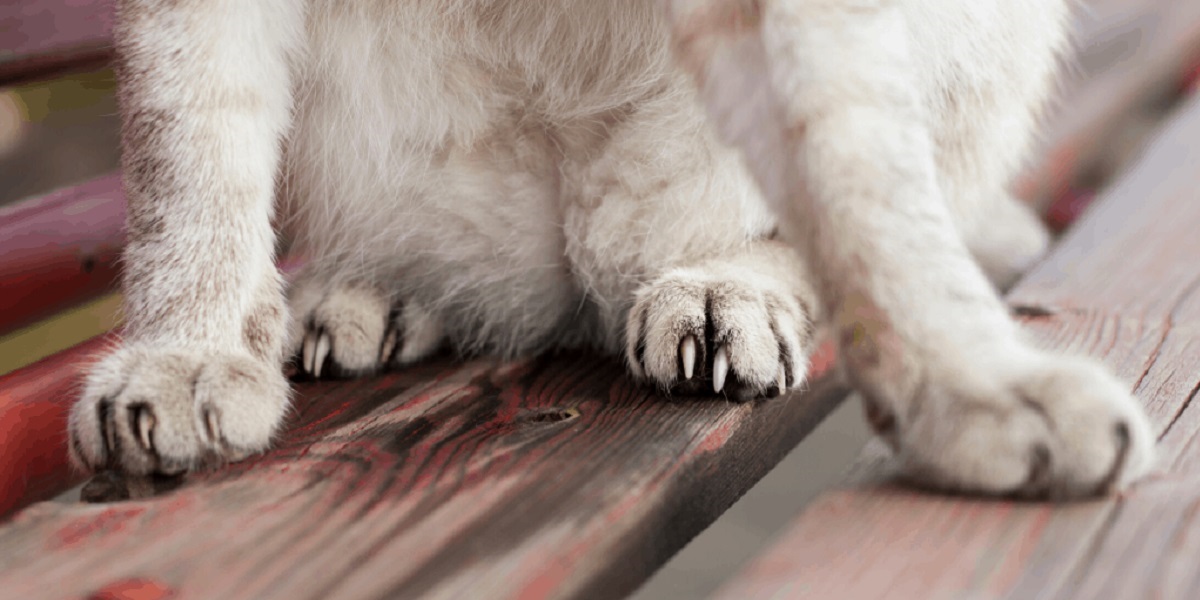
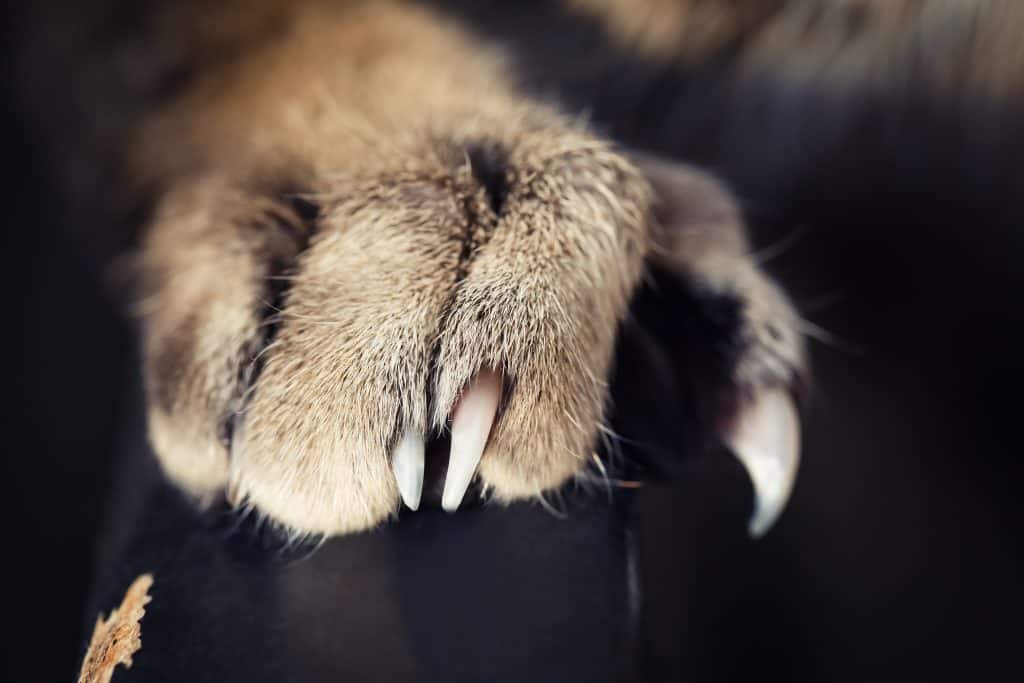

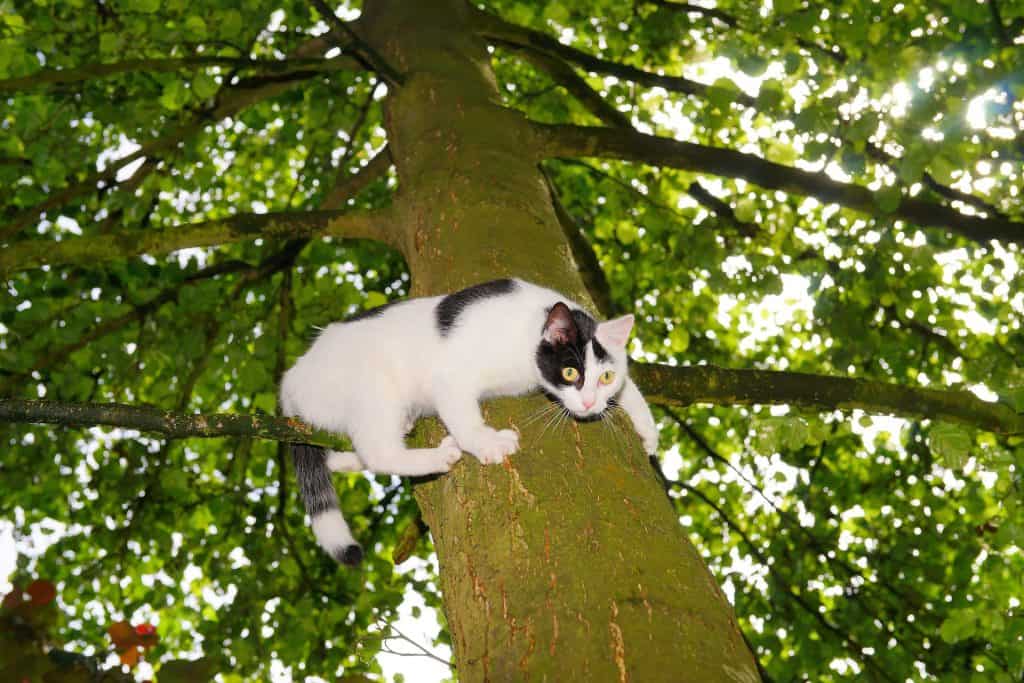

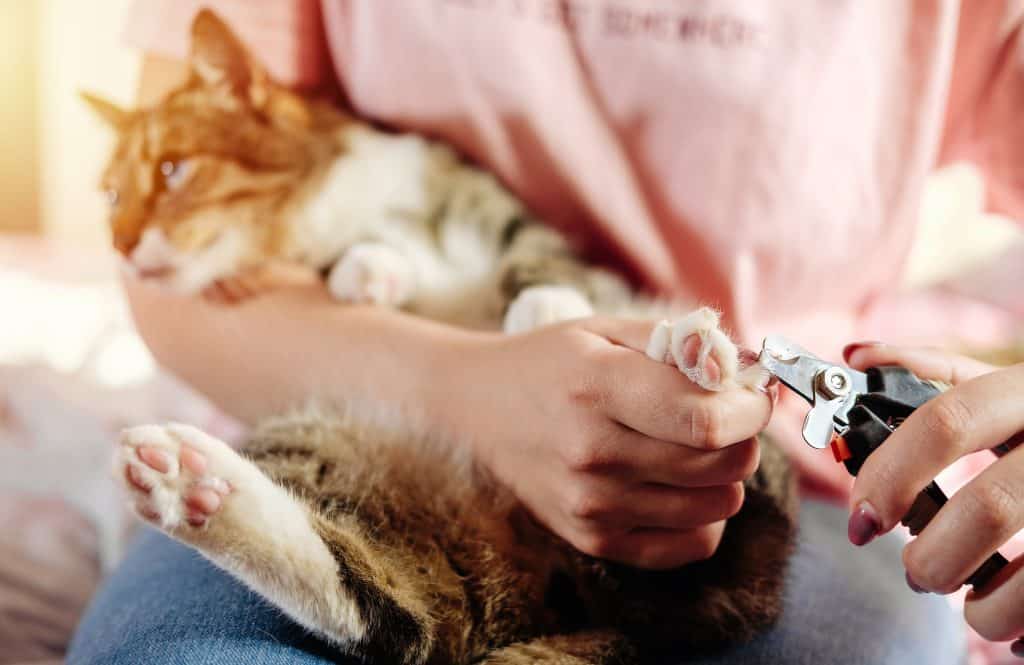
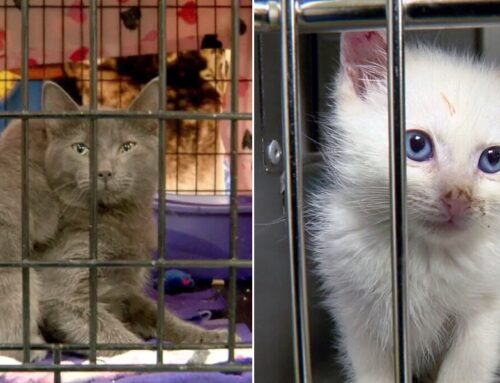
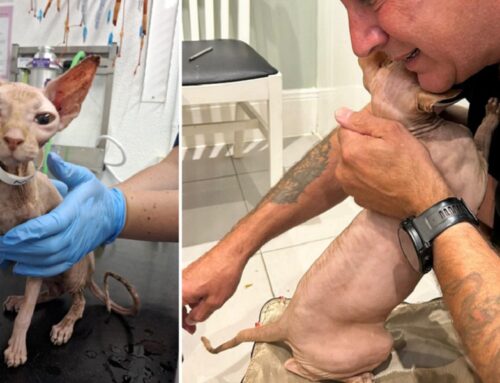
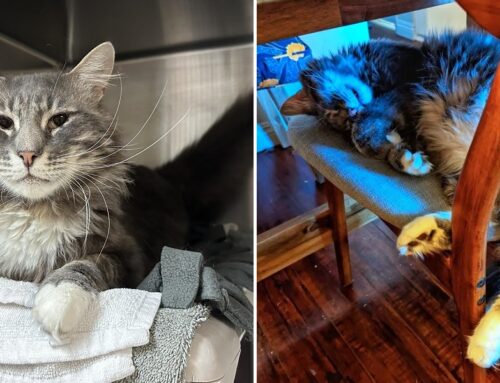




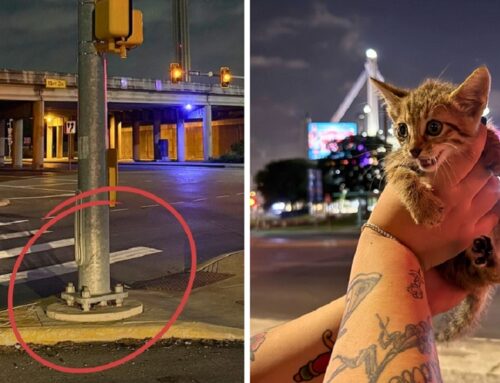
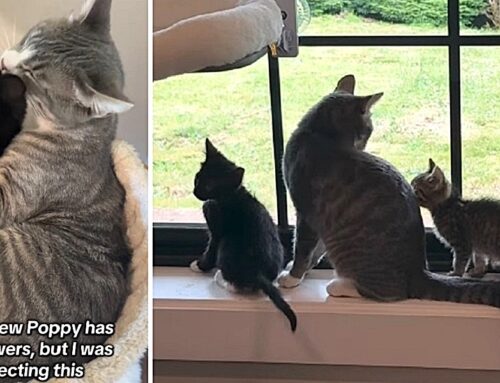

our rescue’s love having their nails trimmed.
our new foster (90 days off the street!) is not such a fan … one or two feet at a time seems to work best.